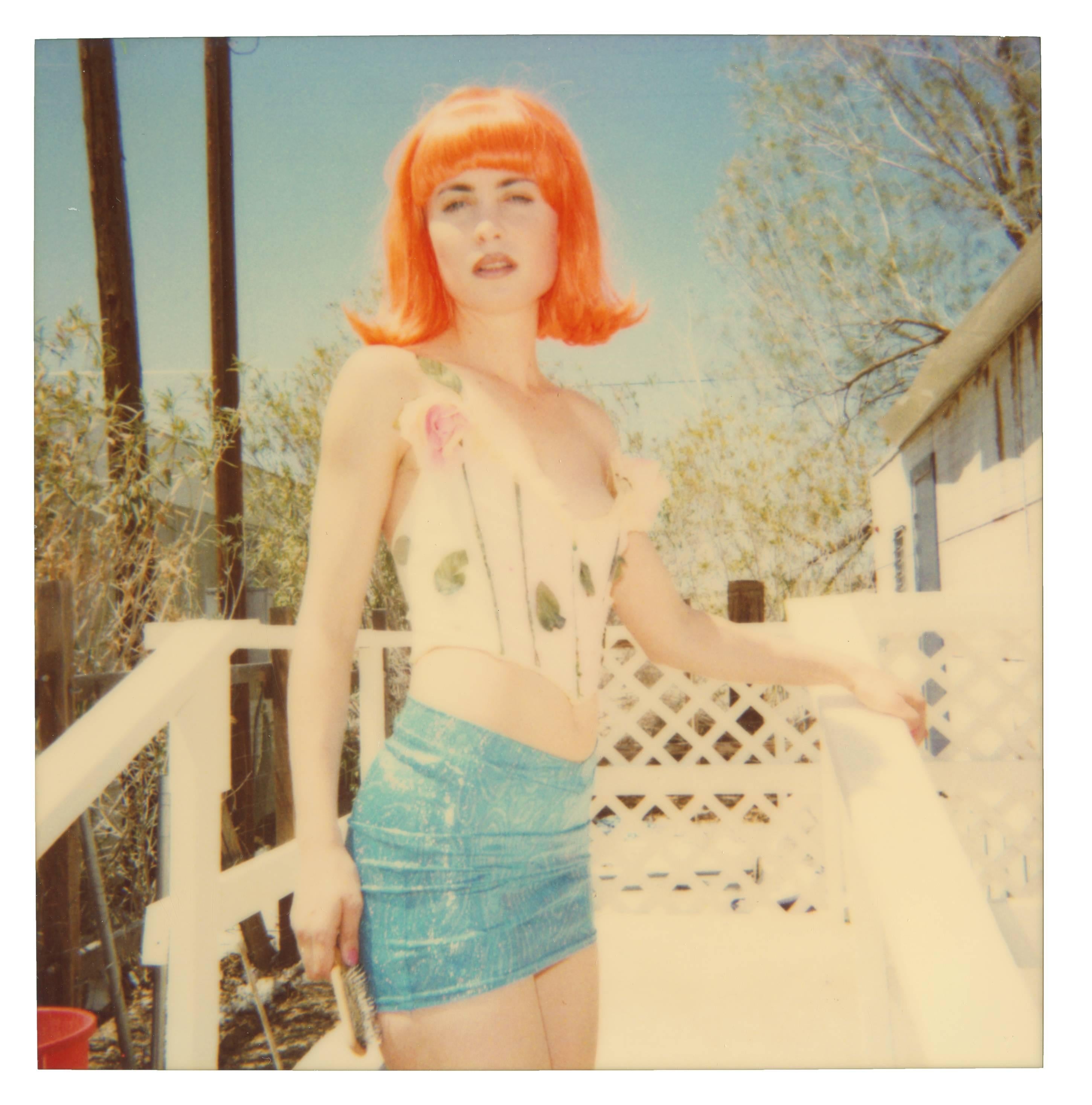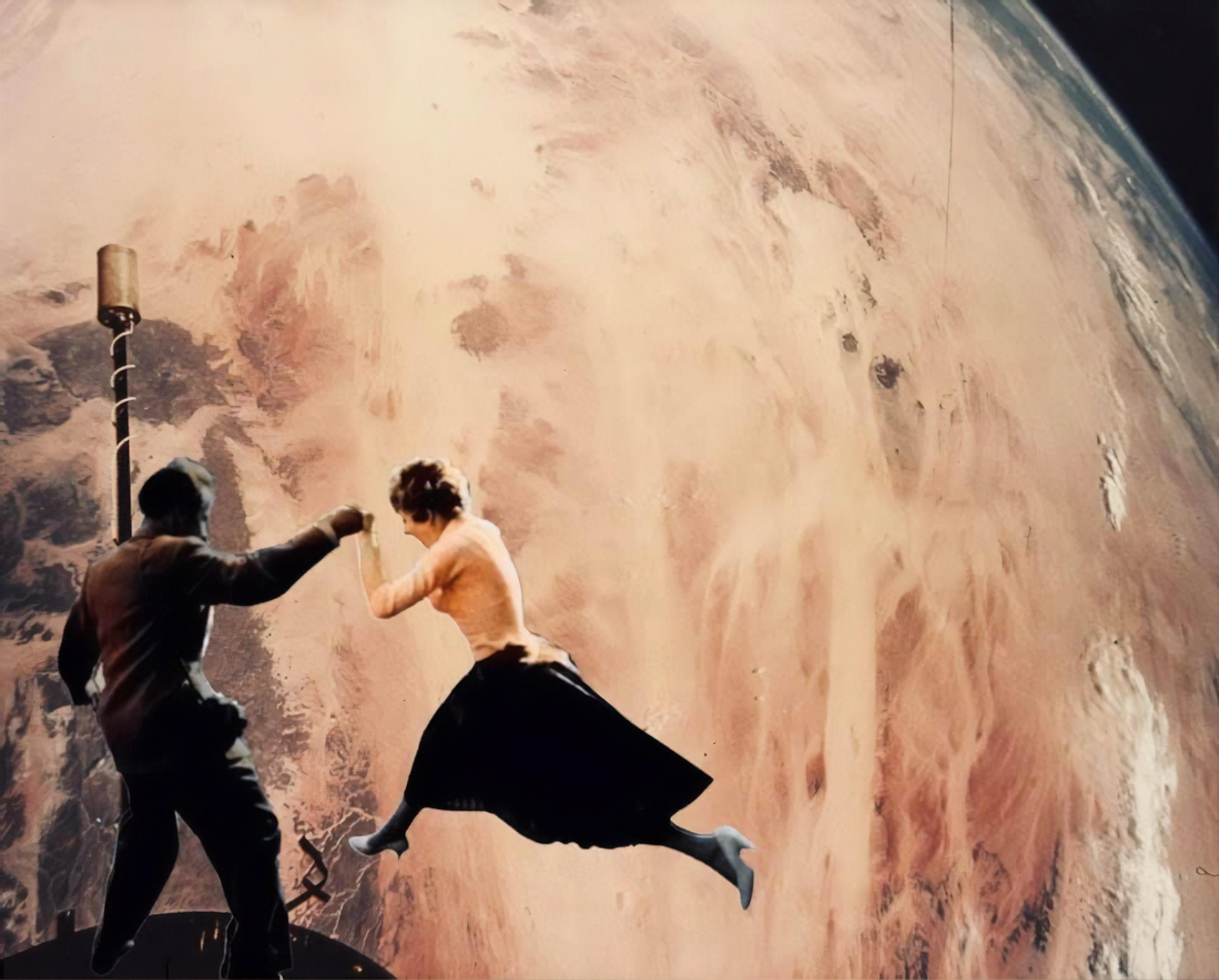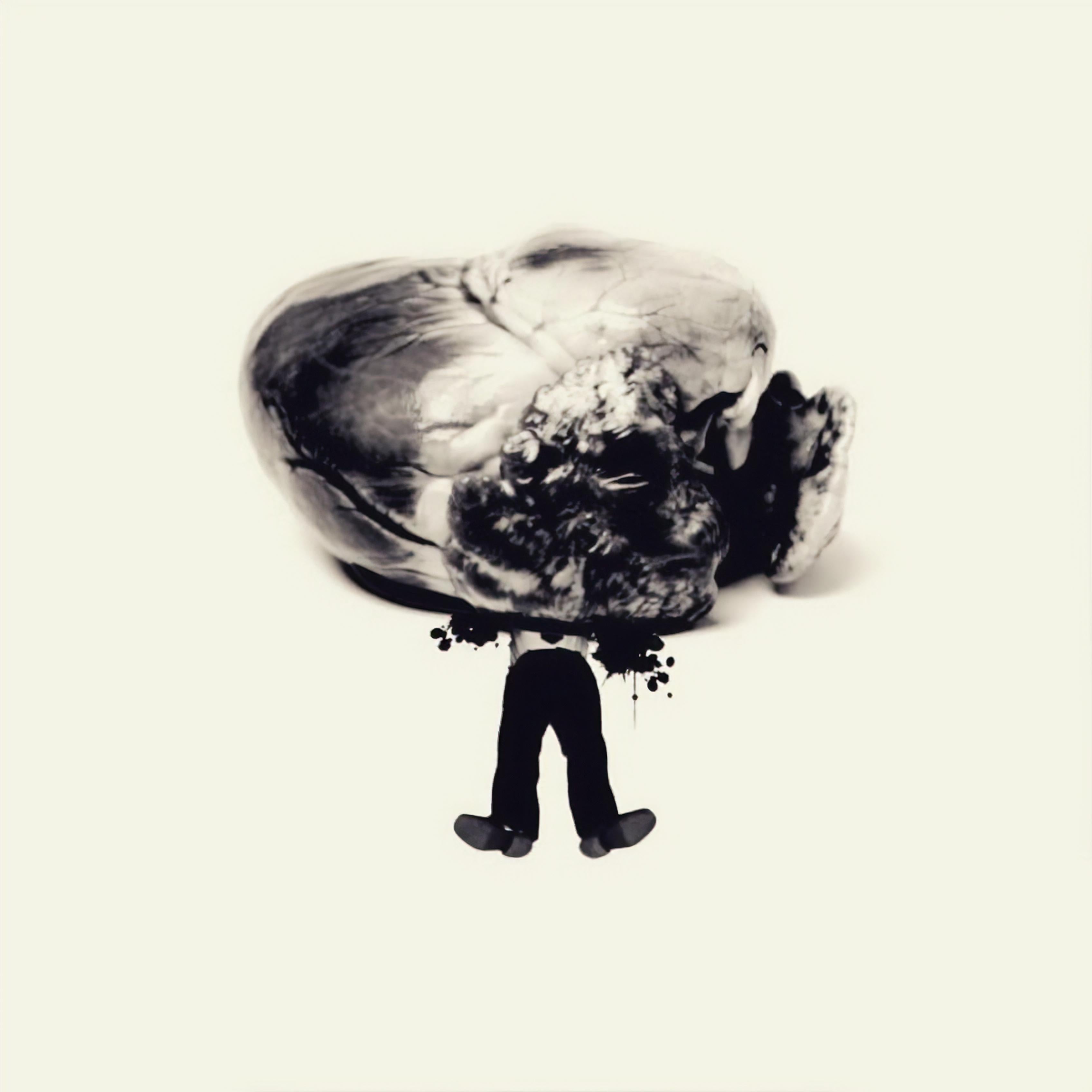Stefanie SchneiderHaley and the Bird Man (Haley and the Birds) - Polaroid, 21st Century, analog2013
2013
About the Item
- Creator:Stefanie Schneider (1968, German)
- Creation Year:2013
- Dimensions:Height: 27.56 in (70 cm)Width: 35.44 in (90 cm)Depth: 0.04 in (1 mm)
- Medium:
- Movement & Style:
- Period:
- Condition:
- Gallery Location:Morongo Valley, CA
- Reference Number:1stDibs: LU652311562632
- ShippingRetrieving quote...Ships From: Morongo Valley, CA
- Return PolicyA return for this item may be initiated within 7 days of delivery.
- White Trash Beautiful I - 29 Palms, CA featuring Radha MitchellBy Stefanie SchneiderLocated in Morongo Valley, CAWhite Trash Beautiful I (29 Palms, CA) featuring Radha Mitchell - 1999 128x125cm, Edition 3/5. Analog C-Print, hand-printed by the artist on Fuji Crystal Archive Paper, based o...Category
Early 2000s Contemporary Color Photography
MaterialsArchival Paper, Photographic Paper, C Print, Color, Polaroid
- Accident II - with Ewan McGregor and Ryan Gosling, Polaroid, 21st Century, ColorBy Stefanie SchneiderLocated in Morongo Valley, CAA piece of art from the movie 'Stay' by Stefanie Schneider Stefanie created the art for both main actors Naomi Watts and Ryan Gosling in the movie 'Stay' directed by Marc Forster. S...Category
Early 2000s Contemporary Figurative Photography
MaterialsC Print, Color, Polaroid, Archival Paper, Photographic Paper
- Daisy in front of Trailer (Till Death do Us Part ) 48x47cm, + Soundtrack LPBy Stefanie SchneiderLocated in Morongo Valley, CADaisy in front of Trailer (Till Death do Us Part) - 2005 Edition 4/5, 48 x 47 cm. Analog C-Print, printed on Fuji Crystal Archive Paper, hand-printed by the artist, based on the Polaroid. Artist inventory 9250. Signature label and certificate. Not mounted. This Edition comes with the vinyl soundtrack of "Till Death Do Us Part" (directed by Stefanie Schneider), music by Daisy McCrackin. Stefanie Schneider’s Till Death Do Us Part or “There is Only the Desert for You.” BY DREW HAMMOND Stefanie Schneider’s Till Death to Us Part is a love narrative that comprises three elements: 1. A montage of still images shot and elaborated by means of her signature technique of using Polaroid formats with outdated and degraded film stock in natural light, with the resulting images rephotographed (by other means) enlarged and printed in such a way as to generate further distortions of the image. 2. Dated Super 8 film footage without a sound track and developed by the artist. 3. Recorded off-screen narration of texts written by the actors or photographic subjects, and selected by the artist. At the outset, this method presupposes a tension between still and moving image; between the conventions about the juxtaposition of such images in a moving image presentation; and, and a further tension between the work’s juxtaposition of sound and image, and the conventional relationship between sound and image that occurs in the majority of films. But Till Death Do Us Part also conduces to an implied synthesis of still and moving image by the manner in which the artist edits or cuts the work. First, she imposes a rigorous criterion of selection, whether to render a section as a still or moving image. The predominance of still images is neither an arbitrary residue of her background as a still photographer—in fact she has years of background in film projects; nor is it a capricious reaction against moving picture convention that demands more moving images than stills. Instead, the number of still images has a direct thematic relation to the fabric of the love story in the following sense. Stills, by definition, have a very different relationship to time than do moving images. The unedited moving shot occurs in real-time, and the edited moving shot, despite its artificial rendering of time, all too often affords the viewer an even greater illusion of experiencing reality as it unfolds. It is self-evident that moving images overtly mimic the temporal dynamic of reality. Frozen in time—at least overtly—still photographic images pose a radical tension with real time. This tension is all the more heightened by their “real” content, by the recording aspect of their constitution. But precisely because they seem to suspend time, they more naturally evoke a sense of the past and of its inherent nostalgia. In this way, they are often more readily evocative of other states of experience of the real, if we properly include in the real our own experience of the past through memory, and its inherent emotions. This attribute of stills is the real criterion of their selection in Til Death...Category
Early 2000s Contemporary Color Photography
MaterialsArchival Paper, Photographic Paper, C Print, Color, Polaroid
- The Best Light To Read By - Contemporary, Photograph, 21st Century, BlBy Josey CaryLocated in Morongo Valley, CAThe Best Light To Read By 2019, 20x24cm, Edition of 1/10. Digital C-Print based on a Polaroid Collage. Hand-signed and numbered by the artist on the back w...Category
2010s Contemporary Color Photography
MaterialsArchival Paper, Photographic Paper, C Print, Color, Polaroid
- Kairosclerosis - Contemporary, Photograph, 21st Century, BlBy Josey CaryLocated in Morongo Valley, CAKairosclerosis 2019, 20x24cm, Edition of 1/10. Digital C-Print based on a Polaroid Collage. Hand-signed and numbered by the artist on the back with Certificate. Not mounted. Josey...Category
2010s Contemporary Color Photography
MaterialsArchival Paper, Photographic Paper, C Print, Color, Polaroid
- The Weight Of The Human Heart - Contemporary, Photograph, 21st Century, BlBy Josey CaryLocated in Morongo Valley, CAThe Weight Of The Human Heart - 2019 30x30cm, Edition of of 10. Archivall C-Print based on a Polaroid Collage. Hand-signed and numbered by the artist on the back with Certificate....Category
2010s Contemporary Color Photography
MaterialsPhotographic Paper, C Print, Color, Polaroid, Archival Paper
- Tyler Shields - Legs in the Gold Room, Photography 2024, Printed AfterBy Tyler ShieldsLocated in Greenwich, CTSeries: Indulgence Chromogenic Print on Kodak Endura Luster Paper All available sizes and editions: 18" x 18" 30" x 30" 45" x 45" 60" x 60" 70" x 70" Editions of 3 + 2 Artist Proofs ...Category
2010s Contemporary Figurative Photography
MaterialsLuster, Paper, Archival Paper, Photographic Paper, C Print, Archival Pig...
- Tyler Shields - High heels (This is not a reflection), 2024, Printed AfterBy Tyler ShieldsLocated in Greenwich, CTSeries: Indulgence Chromogenic Print on Kodak Endura Luster Paper All available sizes and editions: 18" x 18" 30" x 30" 45" x 45" 60" x 60" 70" x 70" Editions of 3 + 2 Artist Proofs ...Category
2010s Contemporary Figurative Photography
MaterialsLuster, Paper, Archival Paper, Photographic Paper, C Print, Digital, Arc...
- Tyler Shields - Strawberry, Photography 2024, Printed AfterBy Tyler ShieldsLocated in Greenwich, CTSeries: Indulgence Chromogenic Print on Kodak Endura Luster Paper All available sizes and editions: 18" x 18" 30" x 30" 45" x 45" 60" x 60" Editions of 3 + 2 Artist Proofs Tyler Shi...Category
2010s Contemporary Figurative Photography
MaterialsLuster, Paper, Archival Paper, Photographic Paper, C Print, Digital, Arc...
- Tyler Shields - Pills, Photography 2014, Printed AfterBy Tyler ShieldsLocated in Greenwich, CTSeries: Mouths Chromogenic Print on Kodak Endura Luster Paper All available sizes and editions: 20" x 30" 30" x 40" 40" x 60" 48" x 72" 63" x 84" Editions of 3 + 2 Artist Proofs Tyl...Category
2010s Contemporary Color Photography
MaterialsLuster, Archival Paper, Photographic Paper, C Print, Digital, Archival P...
- Tyler Shields - Odysseus, Photography 2015, Printed AfterBy Tyler ShieldsLocated in Greenwich, CTSeries: Sirens Chromogenic Print on Kodak Endura Luster Paper All available sizes and editions: 20" x 30" 40" x 60" 48" x 72" 63" x 84" Editions of 3 + 2 Artist Proof The idea behi...Category
2010s Contemporary Color Photography
MaterialsLuster, Archival Paper, Photographic Paper, C Print, Digital, Archival P...
- Tyler Shields - Picnic, Photography 2018, Printed AfterBy Tyler ShieldsLocated in Greenwich, CTSeries: Suspense Chromogenic Print on Kodak Endura Luster Paper All available sizes and editions: 20" x 30" 30" x 40" 40" x 60" 48" x 72" 63" x 84" Editions of 3 + 2 Artist Proofs T...Category
2010s Contemporary Color Photography
MaterialsLuster, Digital Pigment, Archival Pigment, Digital, C Print, Photographi...





